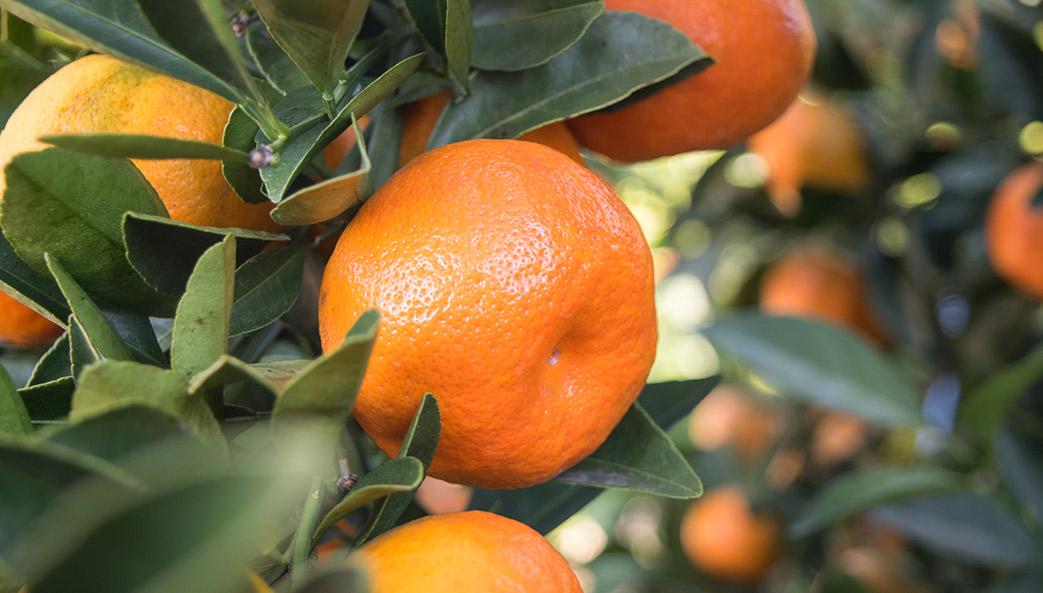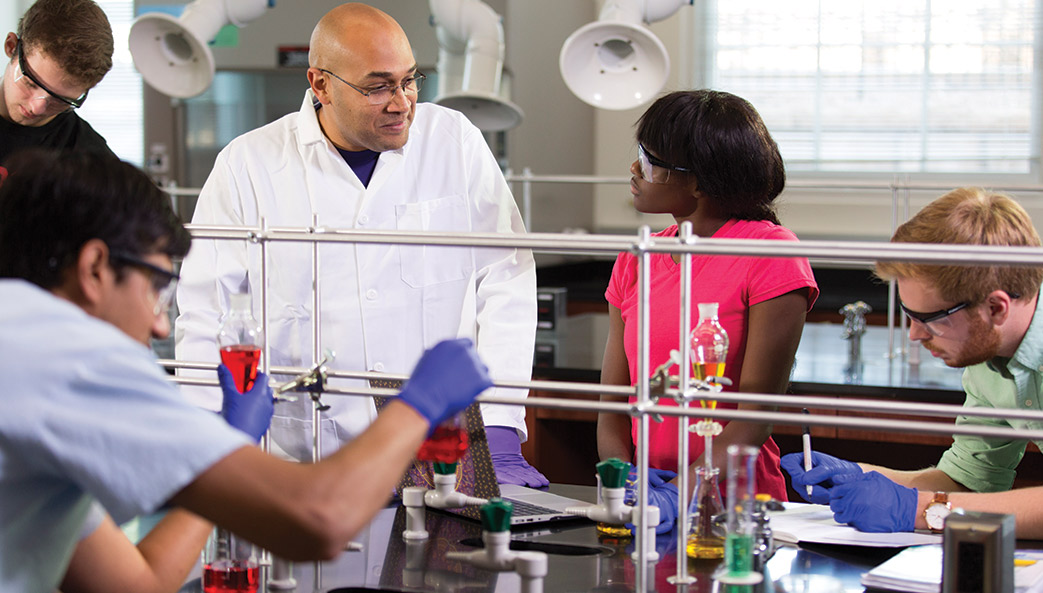Citrus production is ripening in Georgia. Several hundred acres of satsuma oranges have been planted in south Georgia, and UGA scientist Wayne Hanna has released new seedless, cold-hardy varieties of tangerine, grapefruit and lemon—the tasty fruit of years of research on the university’s Tifton campus.
Hanna’s goal is to develop citrus plants that could grow across the southernmost part of the U.S., where citrus could not be reliably grown in the past.
“[If] you stretch a line across the United States, and a homeowner below that line wants to grow a tangerine, lemon or a grapefruit in their backyard, they should be able to grow it,” says Hanna, a professor of crop and soil sciences. In Georgia, Hanna places that line through Cordele, two hours south of Atlanta.
Hanna’s patented cultivars of Sweet Frost (tangerine), Grand Frost (lemon) and Pink Frost (grapefruit) were released in November 2016 and have been licensed exclusively to 1 Dog Ventures, the only all-citrus nursery in Georgia.
While Hanna’s research targets homeowners who want to plant in their backyards, Jacob Price’s goal is to provide commercial growers with an alternative crop. In 2013 Price, a UGA Cooperative Extension agent, held the first official satsuma meeting in Georgia. Since then satsumas have put down roots in Georgia; as of April 2017, there were 43,000 trees and more than 60 growers in the state.
When Price set out to expand satsuma production in Georgia, Hanna was one of the first experts he called on. Satsuma mandarins are a high-quality, seedless, easy-to-peel fruit. They’re in the same family as Cuties and Halos, mandarins grown in California. During the first three years of growth, fruit is removed to allow the young trees to grow strong enough to support a load of fruit in the fourth year. For many growers, that will be 2018.
But growing satsumas in Georgia brings challenges—not least the less-than-ideal cold weather. Price warns new growers that it only takes one cold night to inflict significant damage; fruit on the trees can freeze at 28 degrees Fahrenheit. Moreover, most of this fruit becomes available within a very short period of time, making it crucial to develop markets. One acre of 10-year-old satsumas can easily produce 120,000 pieces of fruit, Price estimates. So even if no additional trees are planted in the state and current plantings survive, there could be 18 million pieces of Georgia fruit that need to find a market.
The good news is that farmers with satsumas are finding reasonable market prices, whether at local schools, farmers markets or fruit stands.
“Some farmers who grow vegetables or blueberries already have the infrastructure in place to process and move citrus,” Price says. “Their facilities can possibly be made available when most Georgia citrus ripens in mid-November.”
Some larger vegetable and blueberry farmers have brokers to sell their blueberries and vegetables, and those brokers may be able to sell the satsumas as well. Though there are issues to work out, with careful planning, the satsuma industry has the potential to thrive in Georgia.






